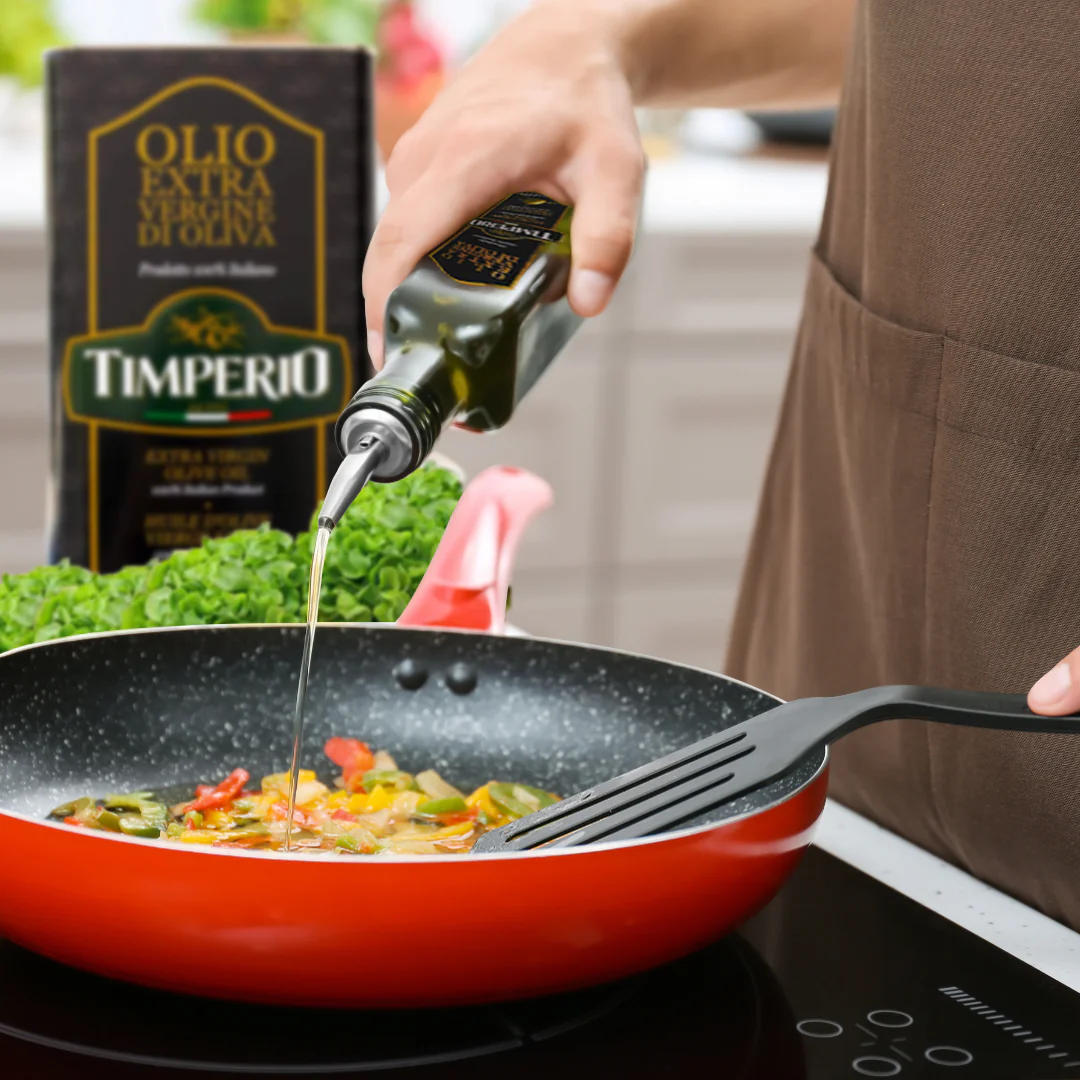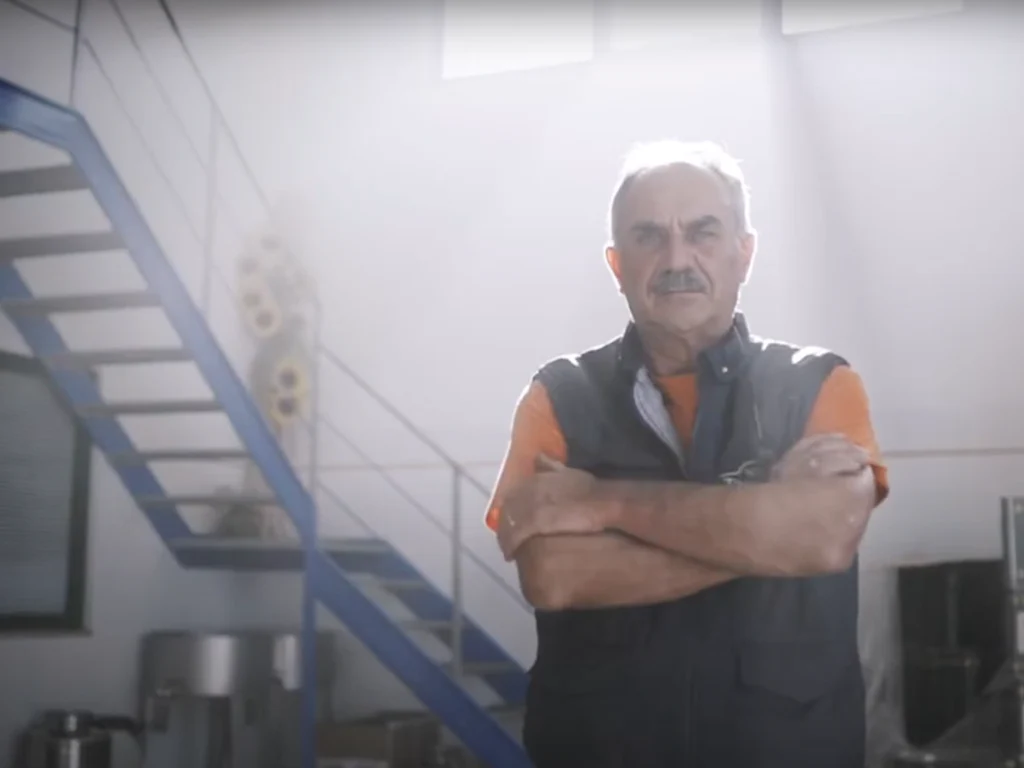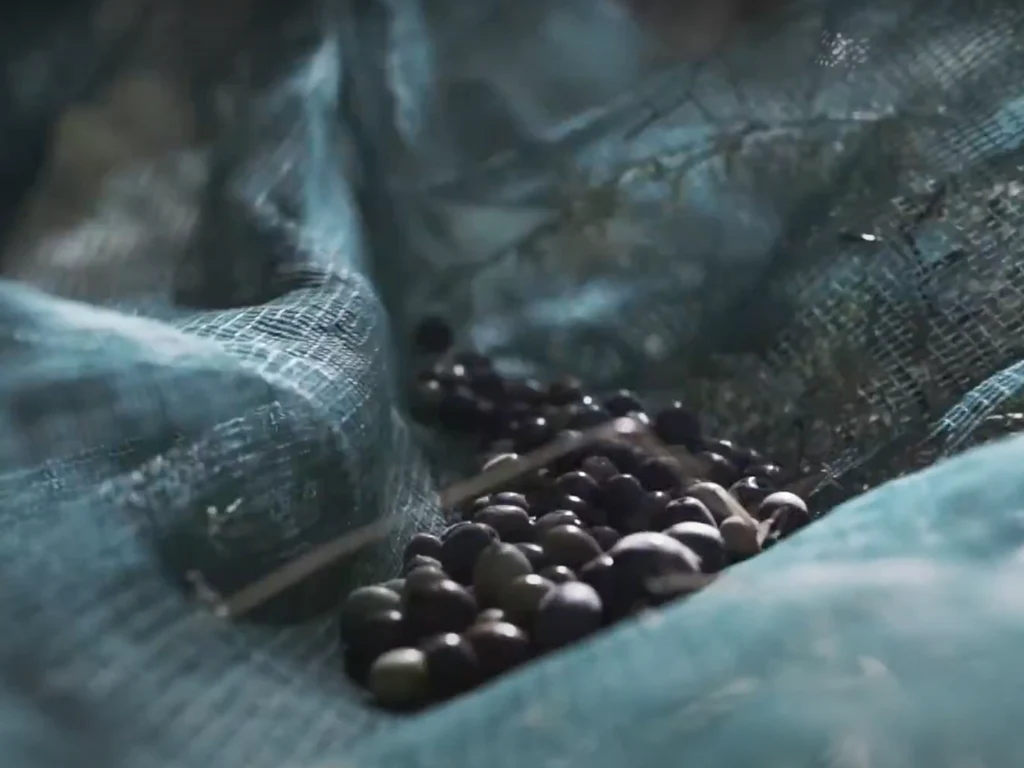
Oleificio Timperio, a family nestled in the Molise region of Italy since 1943, has built a legacy of exceptional extra virgin olive oil (EVOO). Their meticulous transformation of local "Gentile Nera" olives, with unwavering freshness and quality, earned them a reputation for excellence that extends far beyond their community. Understanding the need to stay ahead, Oleificio Timperio embarked on a significant modernization project in 2017. This forward-thinking initiative saw their production facilities revamped with cutting-edge technology. The heart of this upgrade? A new production plant boasting a continuous cold extraction cycle. This innovation streamlined production activities, most importantly preserving the delicate flavors and health benefits of their EVOO through a faster turnaround time from harvest to production and cold extraction. This upgrade not only ensured consistent high-quality EVOO, a testament to their dedication to both tradition and innovation, but also elevated their market positioning and environmental sustainability.
Context
The mill, a family-run operation since 1943, processes olives from both their own groves and those of local farmers, catering to both in-house production and third-party milling needs. All activities are carried out in buildings owned by the company, located in the Municipality of Colletorto (CB), one of the territories of Molise most suited to the cultivation of olives and the production of EVOO of the highest quality, also characterized by particular endogenous cultivars such as "Gentile Nera" of Colletorto. The company was established back in1943, when Michele and Anna began Oleificio Timperio with the desire to produce an exquisite EVOO from the 100-year-old Gentile Nera olive trees - the "Diamond of Molise". From the very beginnings as the first and only olive mill committed to serving the needs of the local community, they innovated and grown. Over the years, Timperio has embraced innovation while cherishing its heritage. However, in recent years, the landscape of olive harvesting began to shift rapidly. While traditional methods remained effective, advancements in automation brought a new set of challenges for Oleificio Timperio. Farmer yields soared thanks to automation, but this very efficiency presented a double-edged sword. The harvest season, once spread out, became compressed, leading to a significant daily increase in olives demanding milling. Compounding this challenge was a steadily increasing market demand for high-quality EVOO. The combination of these factors created a pressing need for modernization and innovation in production.
Aims &Objectives
The activity's objective was threefold:
Activities
Given the objectives of the activity, the following initiatives have been undertaken in 2017:
The main target is the market, made up of both olive growers and consumers, whether they are direct clients or distributors, agents, buyers from all over the world.
Quantitative results include:
Environmental benefits:
Societal benefits: improved economic benefits for olive farmers. By selling their EVOO at a premium, Oleificio Timperio can ensure fairer prices for olive farmers, the primary source of their raw materials.
Qualitative benefits include:
Several qualitative benefits have emerged following the implementation of the modernization project covering economic, environmental, and societal aspects.
Economic benefits:
Environmental benefits:
Societal benefits: support for local farmers. The increased focus on purchasing local olives could indirectly contribute to supporting the livelihoods of local farmers and potentially contribute to the economic well-being of the surrounding community.
Lessons & Recommendations

